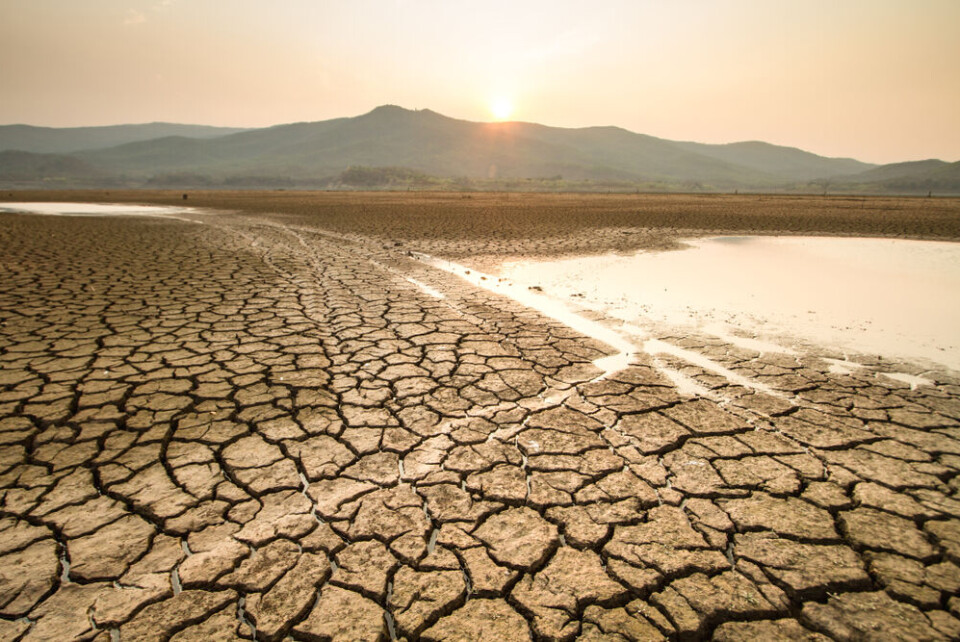-
New agreement to help with home renovations launches in Dordogne
The plan aims to connect citizens with local public renovation services to modernise old housing stock
-
Hosting scheme in south-west France lets newcomers sample lifestyle
Households in nine Dordogne communes volunteer under Mes Nouveaux Voisins scheme
-
How long does it take to sell property in different areas of France? New study
Many major cities are showing signs of recovery when it comes to supply, demand, prices, and time to sell
Bungalows in France at most risk of drought-related subsidence
Cracks in property walls and floors are a big issue, especially in rural areas

Bungalows make up 90% of the claims arising from drought-related subsidence, a new report shows.
Cracked walls and floors are the most common claims, according to the report from Saretec, a company specialising in damage inspections for insurance firms and property owners.
It estimates they are cited in between 15% and 20% of the total claims in France.
Standalone bungalows made up 60% of cases, which were predominantly in rural areas and involved houses built after 1945.
Just 10% were claims from properties in towns, where guttering systems and the prevalence of impermeable surfaces such as roads and pavements takes rainwater away from foundations.
Blocks of flats generally require deeper and larger foundations than most bungalows, which is another reason why town dwellings are less affected by drought.
Around 45% of claims were for damage to the outside walls of buildings, 18% to terraces, and 14% to boundary walls. The presence of trees and other vegetation was an aggravating factor, the report said, because they require a lot of water.
Read more: France’s ‘catastrophe naturelle’ insurance system: how to claim
In periods of drought, this can dry out the soil quicker.
Drought subsidence is currently dealt with under France’s unique catastrophe naturelle scheme.
Once a natural catastrophe has been officially declared, insurance claims can be paid out of a special fund, made up of cash from the government and contributions from insurance companies in the form of a tax on household insurance.
It has been heavily criticised because of the difficulty individual homeowners can encounter getting a natural catastrophe declaration and strict time limits on making claims – currently just 10 days [UPDATE: deadline was extended to 30 days. - The Connexion].
Changes to the regime, which mainly covers severe storm damage, floods, landslides, earthquakes and similar occurrences, have been agreed by the government and insurers. They should see claims dealt with faster and more generously.However, drought-related subsidence was specifically excluded from the new legislation because of the complexity surrounding it and the large number of claims.
Read more: Météo-France will give certified proof of a storm for insurance claims
Instead the issue is included in a complex decentralisation law, where an amendment gives the government a year to come up with a solution to improve the situation for property owners suffering “exceptionally serious consequences”.
The government has said its strategy is to remove the link with natural catastrophe insurance, while at the same time ensuring financing for damage caused by subsidence is available and sustainable.
Most analysts translate this as preparing the ground to set up a fund, similar to natural catastrophe insurance, with contributions from the government and insurance companies.
Insurance firms have already said they want any new law to cover only cracks where the structural integrity of a building is threatened, not small ones judged to be purely cosmetic.
Related stories:
Why people in France should not worry if they hear sirens at midday
Floods, heatwaves: New report predicts global warming effect on France
























